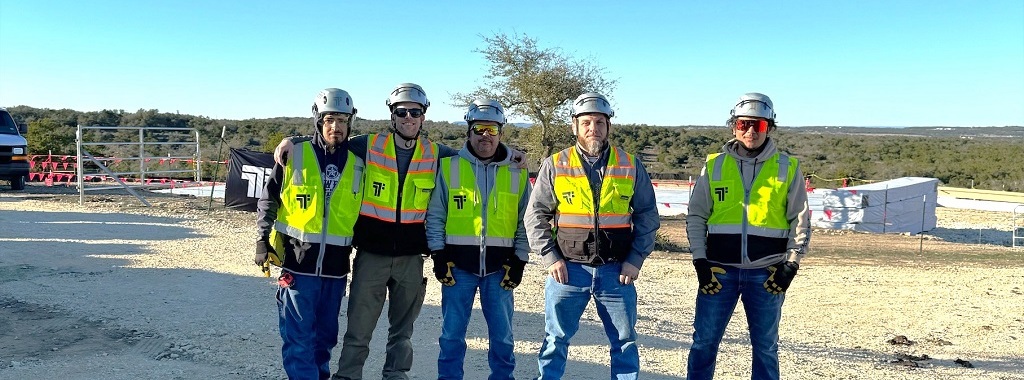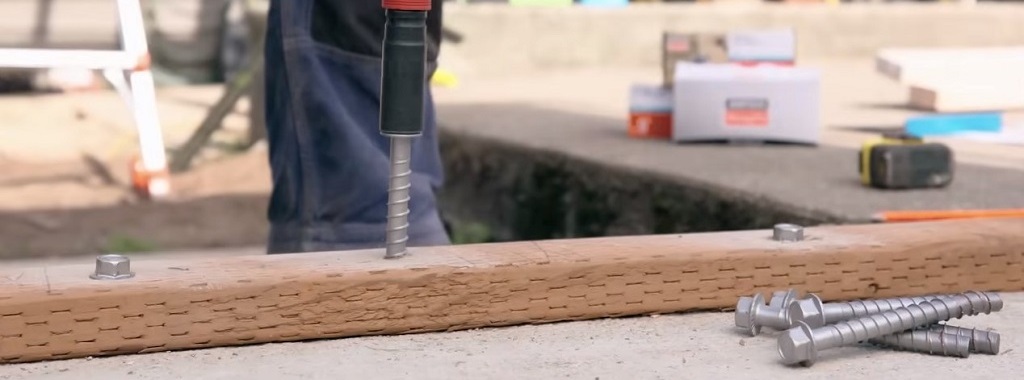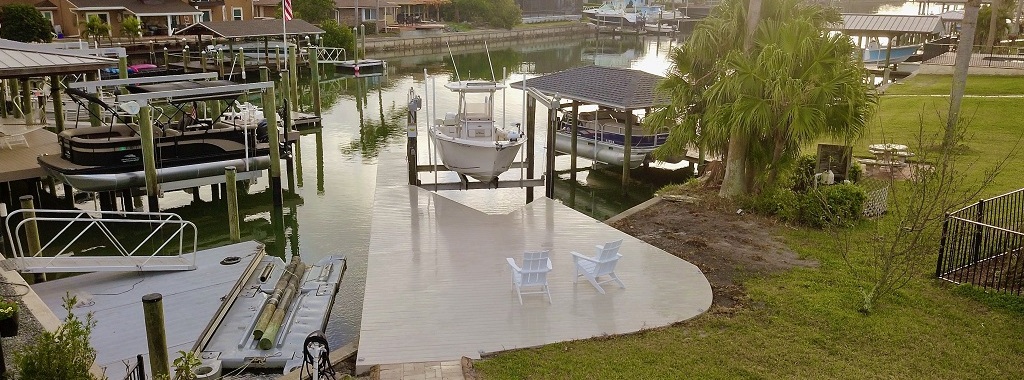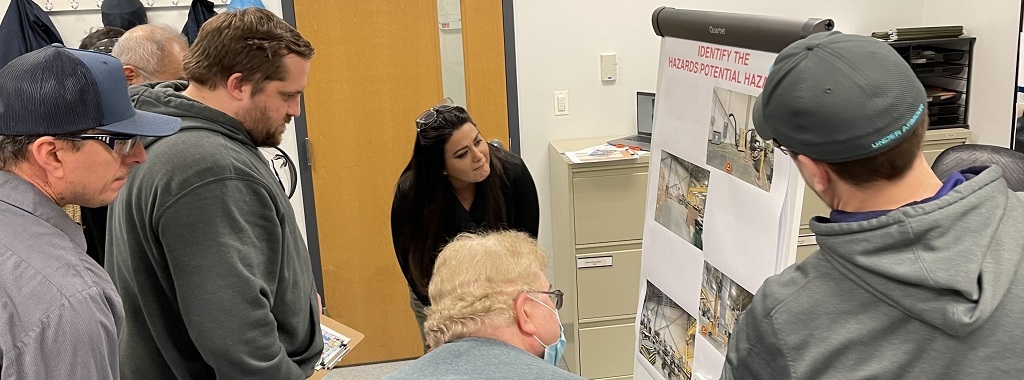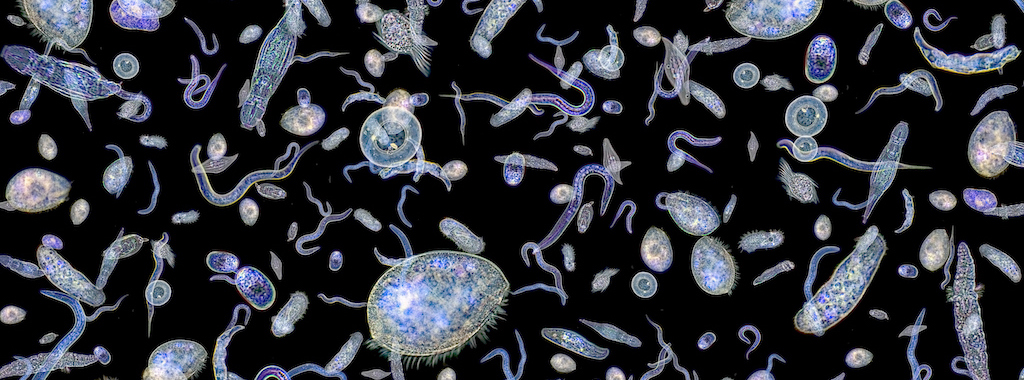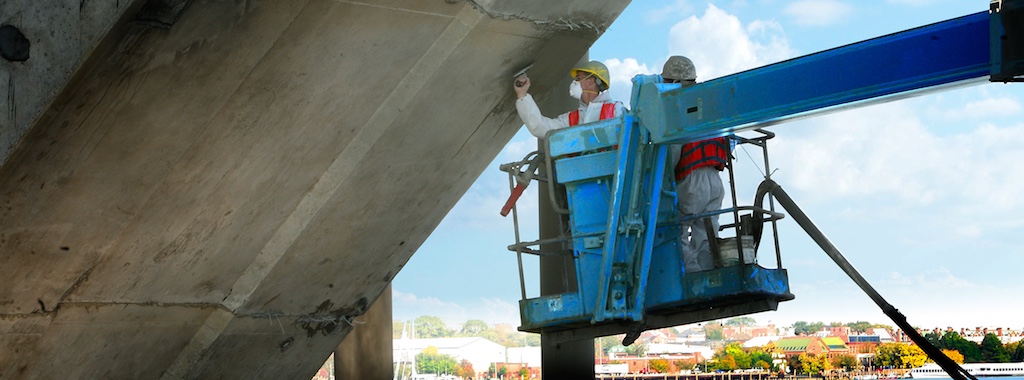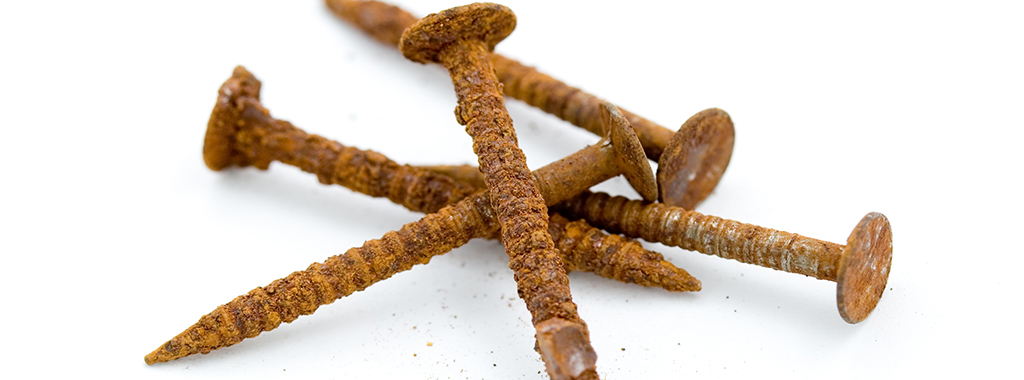Just as knowing the load capacities of your metal hardware is crucial to safeguarding the structural integrity and longevity of your building project, so is understanding the metal’s susceptibility to corrosion. The likelihood of rust and rot increases when you are building outdoors in wet environments or other corrosive conditions. Having a solid awareness of the corrosive threatsposed by the environment and your building materials will help you to choose the fasteners, connectors and anchors that will best mitigate the risk of corrosion and keep your project structurally sound for the long haul.
Start by evaluating the exposure levels in your environment. Is it an interior dry- or exterior wet-service job, for example? Generally, outdoor environments are more corrosive of steel because of the greater moisture levels they present. Projects near the ocean or waterfront are at increased risk for corrosion due to airborne chlorides and salt splash prevalent in marine locales. Salt is also a danger if building materials will be exposed to de-icing salts.
Continue reading “Keep Corrosion in Check”


